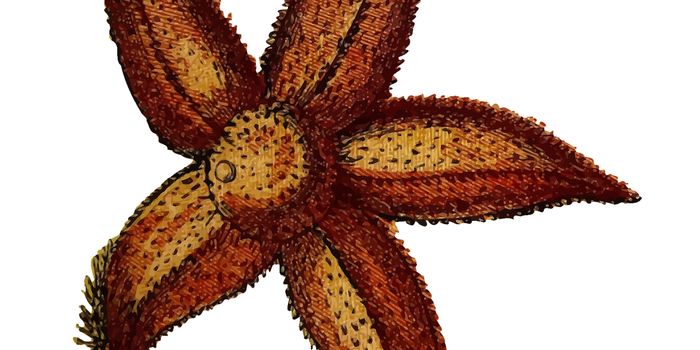Researchers Crack the Secret Behind Scallops' Vision
If you’ve ever seen a scallop before, then you can probably attest to how non-complex they look at first glance; their eyes, on the other hand, tell an entirely different story.
Image Credit: Dan-Eric Nilsson, Lund University
A closer look will expose oodles of little eyes staring back at you – around 200 of them to be exact. While we know scallops use these to discern their surroundings, they’re vastly-unlike the eyeballs we understand in most animals, to say the least.
Researchers have long wondered about how scallops' eyes work, but it wasn’t until after a new study conducted by researchers from the Weizmann Institute of Science in Israel and the Lund University in Sweden that we could drum up a definitive answer.
They used both a scanning electron microscope and a precise method dubbed cryogenic scanning electron microscopy to obtain a closer look at the inner mechanisms of the eyes, and their findings are now published in the journal Science.
While most animals (humans included) have eyeballs that focus light through a lens before it reaches the retina, these observations validated longstanding theories that scallops’ eyes utilize of a plethora of tightly-packed, crystalline guanine-based mirrors that reflect light into the retina instead.
This in and of itself was an exciting finding, as most guanine-based crystals form bulky prisms rather than flat surfaces like mirrors. Furthermore, the inside of the eye provides a concave surface for those mirrors to rest on, which aims all incoming light directly at the retina just like the optics system inside of a telescope would.
Scallops also have two different retinas, and researchers believe the upper retina helps them discern potential predator attacks from up above, while the lower retina acts as the scallops’ peripheral vision. Combined with more than 200 distinct eyes, one might say scallops can see fairly well.
Related: Oysters 'clam up' in the presence of low-frequency sounds
The findings not only underscore how we have a lot to learn about how different organisms see the world, but they also raise questions about how scallops form these unusually-flat crystalline guanine mirrors inside of their eyes for light reflection.
Future studies could not only answer the multitude of new questions but also help us in improving optical systems in the real world. After all, there’s no better innovator than Mother Nature herself.
Source: Live Science









